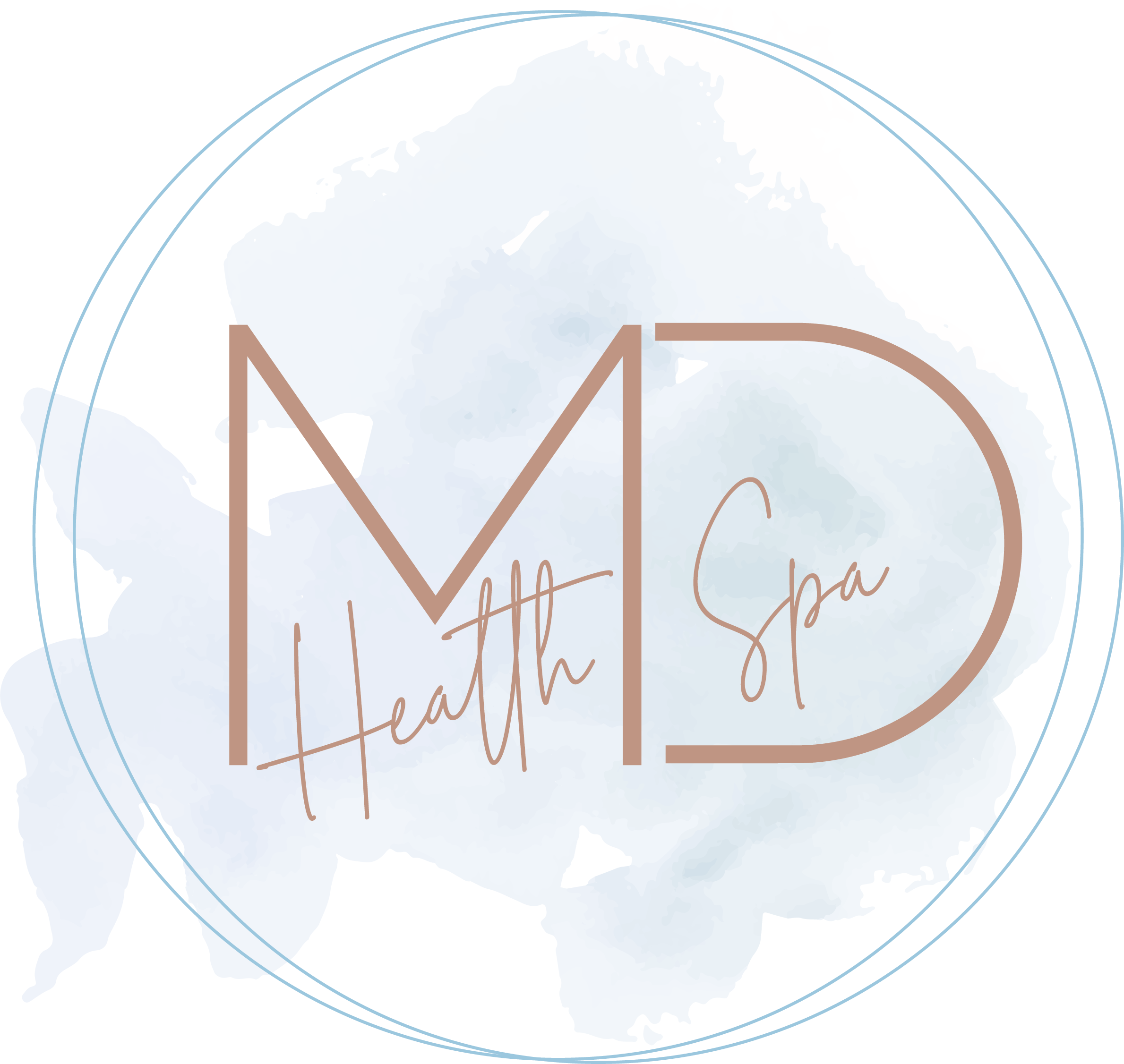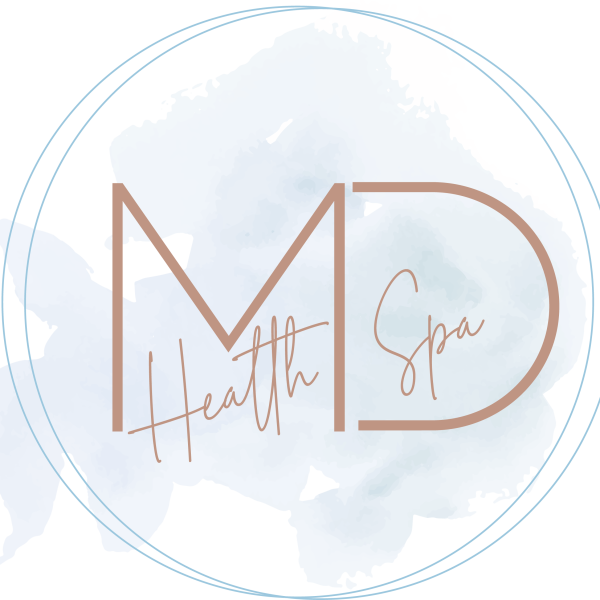What is Micro-needling?
Micro-needling is a noninvasive procedure that uses small needles to create micro-injuries in the skin. The punctures from the needles stimulate our natural wound healing process and encourage collagen and elastin production.
Micro-needling can be used to treat conditions like acne scarring, sun damage, surgical scars, burns, enlarged pores, wrinkles, and stretch marks.
Often, results of micro-needling can be further improved when used in combination with Platelet-Rich Plasma (PRP).
PRP contains proteins, including growth factors and cytokines. These proteins help skin tissue repair itself. It is a natural serum derived directly from your own cells to initiate repair and rejuvenation.
Who is NOT an ideal candidate?
Micro-needling with PRP treatment is not recommended in patients with the following conditions:
- Hepatitis C, HIV or AIDS, any type of blood cancer, or skin cancer on the area to be treated
- Active skin infection or wound, including active acne
- Patients who have used Accutane in the preceding six months
- Patients who have undergone radiation in the past year
- Pregnant and/or breastfeeding
PREPARING FOR YOUR MICRO-NEEDLING WITH PRP TREATMENT
One week prior to treatment
- Avoid unprotected and excessive sun exposure or tanning
- Discontinue the use of skin care products containing retinoids, glycolic acid, and salicylic acid.
- Notify Dr. Diaz-Martell of the use of blood-thinning medications and supplements such as aspirin, Coumadin, Plavix, fish oil, turmeric, ginger, cayenne peppers, vitamin E, garlic, ginkgo biloba, grape seed extract, aloe, etc.
- Notify Dr. Diaz-Martell if you have ever had a cold sore or diagnosed with Herpes Simplex.
- Treatments of superficial fillers should be done 2 weeks prior to or 2 weeks after micro-needling.
- Chemical peels should be completed 3 weeks prior to or 3 weeks after micro-needling.
Day of the treatment
- Topical numbing cream will be applied to your skin before the procedure to help with any discomfort or pain.
- A small amount of blood is collected and processed to obtain the PRP.
- A micro-needling device is then rolled over the area to be treated, and the PRP is applied to the skin.
- The procedure may take between 30 to 45 minutes.
- After the procedure, a serum or balm to help soothe any redness or irritation will be applied.
After-care instructions
- Normal activities (exercise etc) can be resumed after 24 hours
- Following the procedure, strict avoidance of sun exposure, tanning beds, and swimming is strongly recommended for 48 hrs.
- Apply sunscreen with at least SPF 30 multiple times during the day.
- Use gentle cleansers (CeraVe or Cetaphil) and pat skin dry. May apply skin moisturizers.
- Clean all your makeup brushes, glasses, or anything that will touch your face.
- May use mineral makeup after 24 hours.
- Avoid other facial treatments or harsh exfoliative treatments during the first 1-2 weeks
- Mild swelling, redness, and some bruising are very common for the first 3-5 days after the procedure
- These post-procedure changes resolve without issue if the skin is not further traumatized during the immediate healing process. D not exfoliate, rub or scratch the skin.
Resume your skincare routine in 1 week.
Results
It can take a few weeks to see results, as it takes time for the body to produce collagen and heal itself.
In two to three weeks, some visible improvement is typically noticeable, and in 4 to 6 weeks marked results in pigmentation and texture improvement become more apparent. This depends largely on your skin condition and desired outcome.
How many treatments do you need?
Some patients only require a single treatment, once per year to achieve optimal results.
However, it is recommended for most patients to receive a series of 3 treatments spaced about 4-6 weeks apart.
For patients with deep wrinkles, advanced photo-aging, stretch marks, or acne scars it is recommended to receive 5-8 sessions at 4-6 week intervals.
- 700 2nd ave n., ste. 305 | Naples, FL 34102
- 239-963-6022
- 239-984-8547
- info@ymdhealthspa.com
- by appointment only

